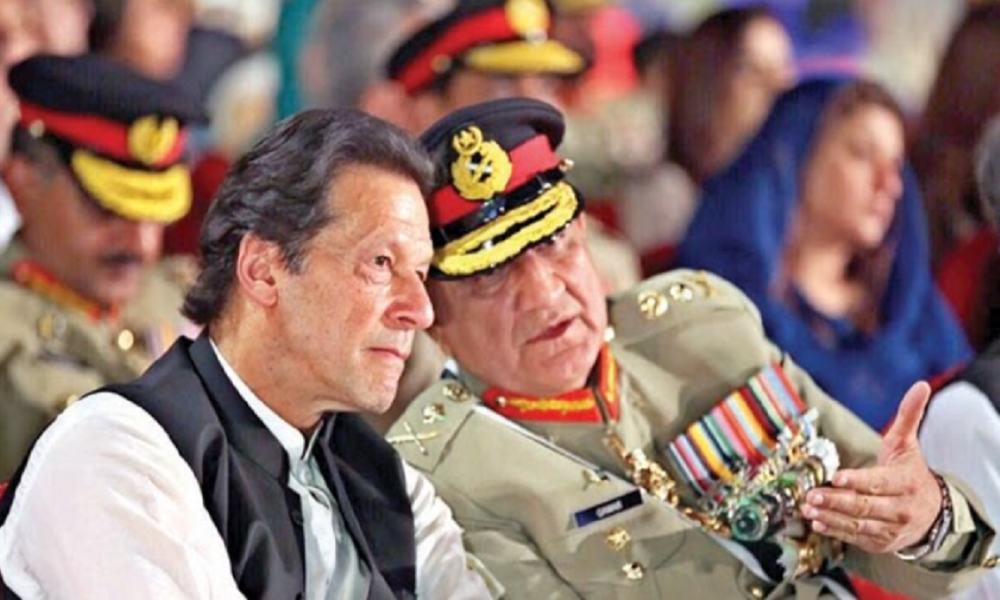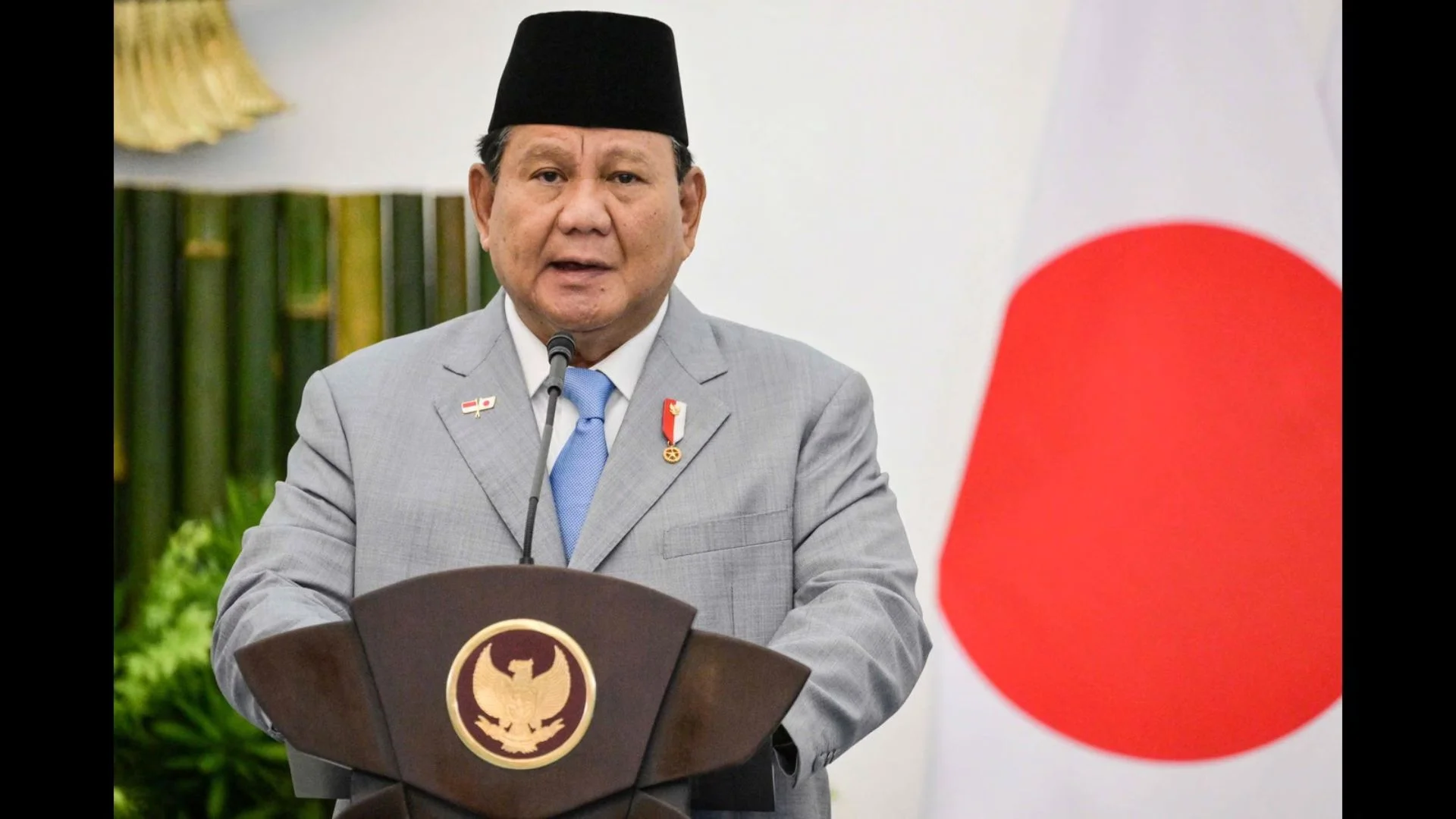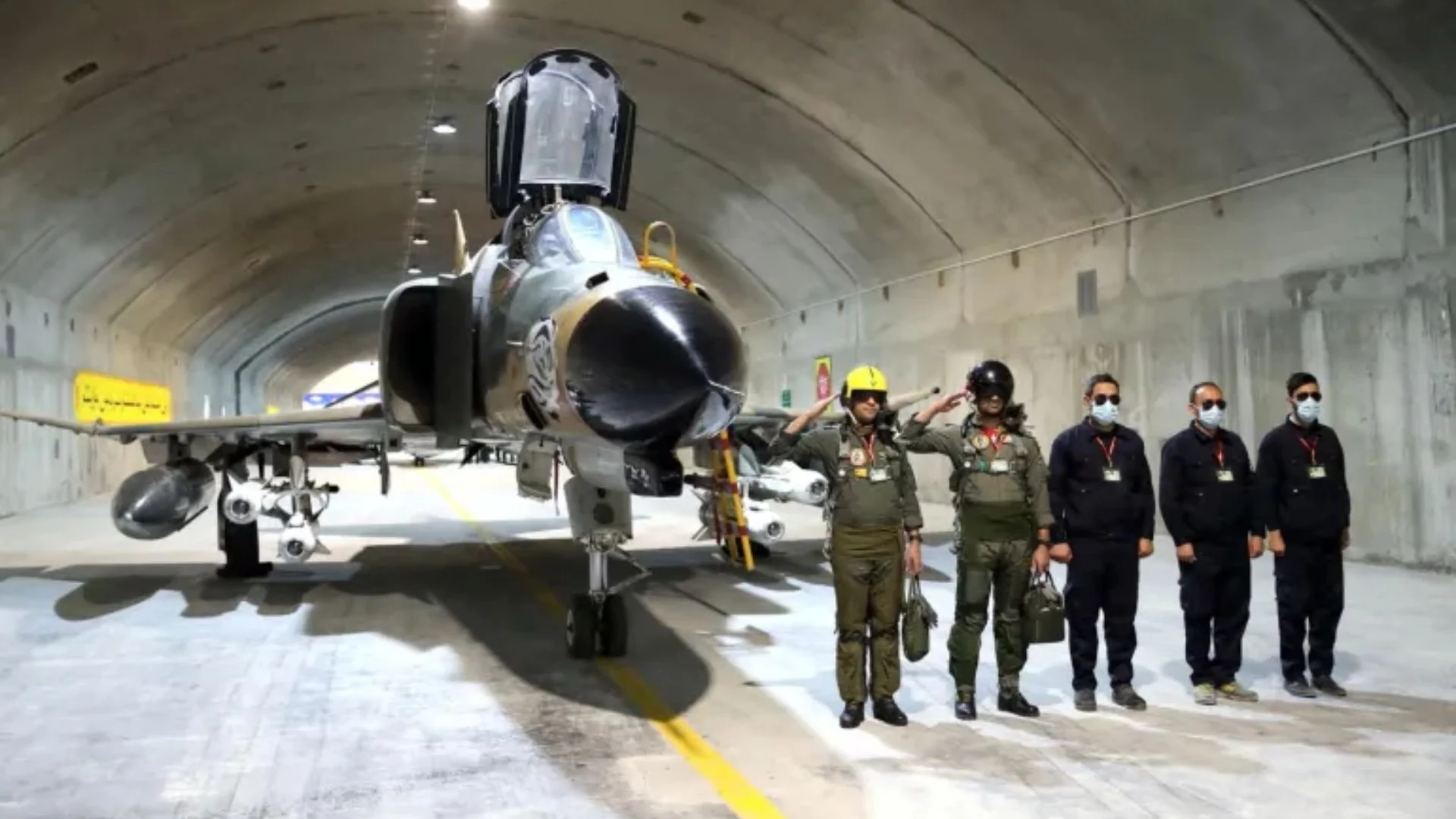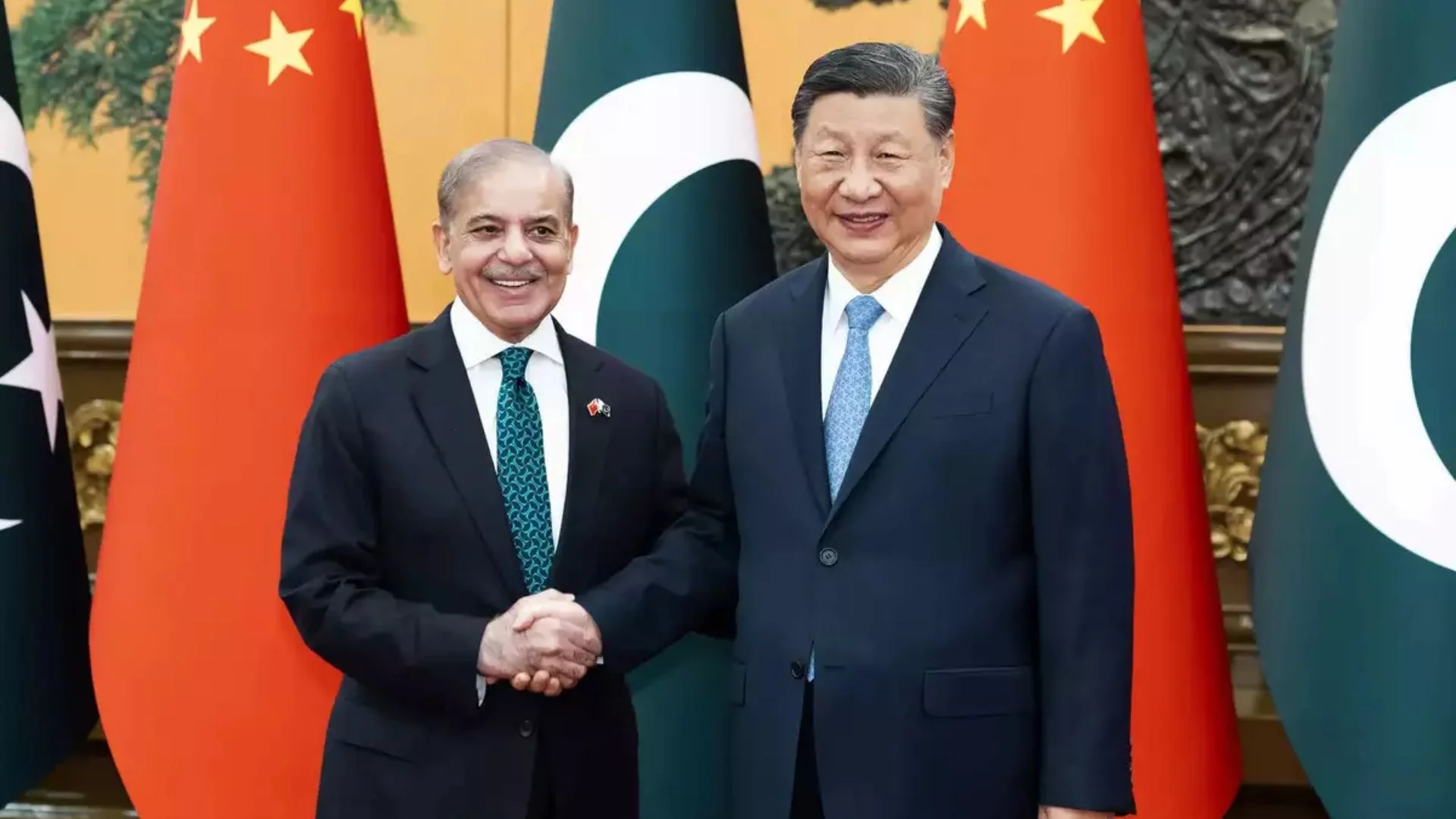The remarks by Lt Gen Khalid Kidwai (Retd) at International Institute of Strategic Studies, London, in February 2020 have created a high level of enthusiasm in Pakistani strategic analysis circles. In a much-quoted speech, Kidwai says, “South Asia has remained on a slippery slope over the years lurching dangerously towards strategic instability rather than strategic stability.” He is, in fact, quite right on that account — but sadly, everything he offers in terms of logic thereafter is far from sound. Kidwai has been at the forefront of spin-doctoring the Pakistan nuclear narrative for many decades now and therefore his statement — “The reality is that it is Pakistan that must shoulder the responsibility of maintaining the vital strategic balance in the conventional and nuclear equation viz India as the critical determinant of the state of strategic stability in South Asia…” — comes as a surprise, though not totally unexpected.
It is in the interest of creating a sound understanding of nuclear doctrines that two key issues be discussed at the outset. One, the concept of the ‘Always-Never’ dilemma and second, the ‘Stability-Instability’ paradox. The ‘Always-Never’ dilemma refers to the concept articulated by Peter D. Feaver and postulates that “the (nuclear) weapons should ‘always’ launch when ordered by a legitimate authority, but ‘never’ if no legal order has been given… each nucleararmed state has struck a slightly different balance at different points in time…depending on the importance placed on the urgency of response and the general state of civil-military relations and domestic politics”. The reader will surely be able to assess which South Asian country has a stable civilmilitary structure rooted in tenets of international norms and democracy and, therefore, automatically provides a stable nuclear outlook. Jerry Lewis and Bruno Tertrais have also made some key observations in their Occasional Paper published by the Middlebury Institute of International Studies, Monterey, seeking to address sets of questions for each of the nine known nuclear-weapon possessors. This would make interesting reading for the discerning reader.
The second aspect is the ‘Stability-Instability’ paradox. This was articulated in the Journal of Conflict Resolution in 2009 and explains that the paradox emerges in the following scenario: “As the likelihood of nuclear conflict declines, the risk of conventional war increases and as the likelihood of nuclear conflict increases, the risk of conventional war declines. This inverse relationship between the probability of nuclear and conventional military conflict is known as the stability-instability paradox.” Analysing this, Paul S. Kapur has concluded, tellingly, “Nuclear stability undermines Pakistani deterrent efforts.” It will be no leap of imagination to therefore understand the ‘advantage’ perceived by Pakistan to maintain a state of instability in the nuclear domain.
One can well attribute the recent flurry of articles in the media and elsewhere from the Pakistani strategic community on nuclear stability to the recent confiscation of a dual use item (Autoclave) being shipped on a Chinese merchant vessel at Kandla Port by Indian authorities. Fully understanding the risk of sounding irreverent in a discussion on nuclear issues, the guess is that the Pakistani strategic spindoctors are now tilting at windmills, a la Don Quixote. Some recent analysis put out by think tanks in Pakistan suffers from fatal flaws, the major flaw being the assumption that propaganda is the foundation of analysis. Thus, there is an urgent need to counter some of the ‘analysis’ put forth. Stitching together two contradicting statements with rightful indignation does not amount to analysis.
Let us first look at the analysis put forth by Saba Hanif, published on the website of ‘modern diplomacy’ on 19 April 2020, detailing India’s Ballistic Missile Defence (BMD) efforts and, in fact, expressing awe at the robustness of the systems. One knows Hanif has totally missed the mark in her analysis by ignoring the operative word in the Indian efforts: ‘Defence’. Indian BMD efforts and philosophy are aimed at protecting herself from an unstable nuclear neighbour who is more than happy to play the nuclear card at every opportunity. That efforts to defend oneself can cause instability in the calculus of the very nation advocating the threat of force is a new angle indeed.
One can appreciate the ingenuity of the assertion as much as it is a fallacy. The analysis concludes by stating, “…in South Asian context, induction (of BMD) by India has further increased the security dilemma for Pakistan. This can give a false sense of security to the Indian military and political leaders; motivate them to launch an offensive against Pakistan or intentionally initiate a conflict which will destabilize the strategic stability.” This is a farcical statement at best since South Asian instability, as fully acknowledged by strategic analysts world over, is caused by Pakistan continuing its politico-military agenda through the use of terror proxies and compounding that with a declared policy on Nuclear First Use.
Another analysis that appeared in Strafasia, titled “Pakistan Quid Pro Quo Plus: A Key Strategic Determinant” authored by Haris Bilal, has presented the analysis, “The current security architecture of South Asia revolves around India’s irresponsible behaviour as a nuclear state… contrary to India’s declared NFU policy, Pakistan has never made such a commitment or statement and has deliberately maintained a policy of ambiguity concerning a nuclear first strike against India.” This stellar work (pun intended) of analysis begs the question how creating a first strike ambiguity against a nation, with a publicly stated and committed ‘No First Use’ nuclear policy, can be seen as a stabilising factor. It is in fact the continuous beating of the ‘First Use’ war drum that creates instability and lends the situation to serious errors of judgement. The only rational stabilising argument here is that the nation with a No First Use policy will suffer a first strike before it considers the nuclear option in retaliation.
Strafasia subsequently published an article by Dr Zafar Iqbal Cheema where the opening statement is, “Credible capability, deterrence equilibrium, credible signalling and reputation for resolve are the keynotes of stable and sustainable nuclear deterrence… the defending states must be able to resist the political and military demands of the opposing side, which is preparing to impose conflict on a country trying to defend its nation, deny coercion or defy escalation dominance”. The irony of this statement made by a Pakistani analyst is only matched by the absurdity of arguments offered subsequently. The author has declared that India and Pakistan have competing rather than corresponding nuclear narratives. The point entirely missed by the analyst is that the Indian nuclear narrative of ‘No First Use’ is admittedly de-escalatory and stabilising in the face of an oft-repeated and irresponsibly bandied ‘First Use’ nuclear threat. How the No First Use can be seen as competitive in the face of a rival’s First Use assertion has very conveniently been left out of the analysis.
Dr Cheema has also lauded the Policy Statement issued by Lt Gen Khalid Ahmed Kidwai (Retd) on 6 February 2020 at IISS. In this writer’s view,the use of a think tank as forum to make a Policy Statement is a display of poor statecraft – but the reader is welcome to differ! Returning to the larger canvas of ‘policy’ pronouncements by Khalid Kidwai, his blinkered perspective of Pakistan’s ‘stabilising’ First Use nuclear posture should be measured against a realistic look at how India’s No First Use doctrine actually delivers stability and addresses both the ‘stability-instability’ paradox and the ‘alwaysnever’ dilemma
Manpreet Sethi, an internationally renowned authority on nuclear doctrinal issues, avers, “In a situation where both sides have secured second strike nuclear capabilities, a first use of nuclear weapons…cannot rule out the possibility of nuclear retaliation… Therefore, despite an offensive nuclear strategy, neither can victory be assured, nor the extent of damage (owing to the very nature of the weapon) be considered acceptable. Is it then useful, or even credible, to threaten first use of nuclear weapons?” She thereafter goes on to explain that an NFU strategy concedes the onus of escalation to the adversary and becomes more stabilising by not causing the military to strain the nuclear leash on hair trigger alert, which can easily fall prey to misadventure. Consequently, the political leadership is freed from the psychological pressure of having to decide when and at what stage of war to use the weapon. The stabilising nature of the NFU policy thus becomes self-evident even to those uninitiated in the workings of nuclear deterrence.
The argument that South Asian strategic stability today cannot be spoken of without the nuclear overhang is not being contested here. However, what is under debate is the continuous barrage of weak analysis based on cherrypicked strategic issues and misplaced understanding of stability. This is merely jingoism, peddled as analysis. A tottering nation brandishing a sword against a neighbour that prefers to wield a shield can never hope to be seen as a stabilising influence. A nuance that has been missed entirely by Pakistan. That said, one doesn’t blame the Pakistani establishment for trying, given the slippery slope they find themselves on.























